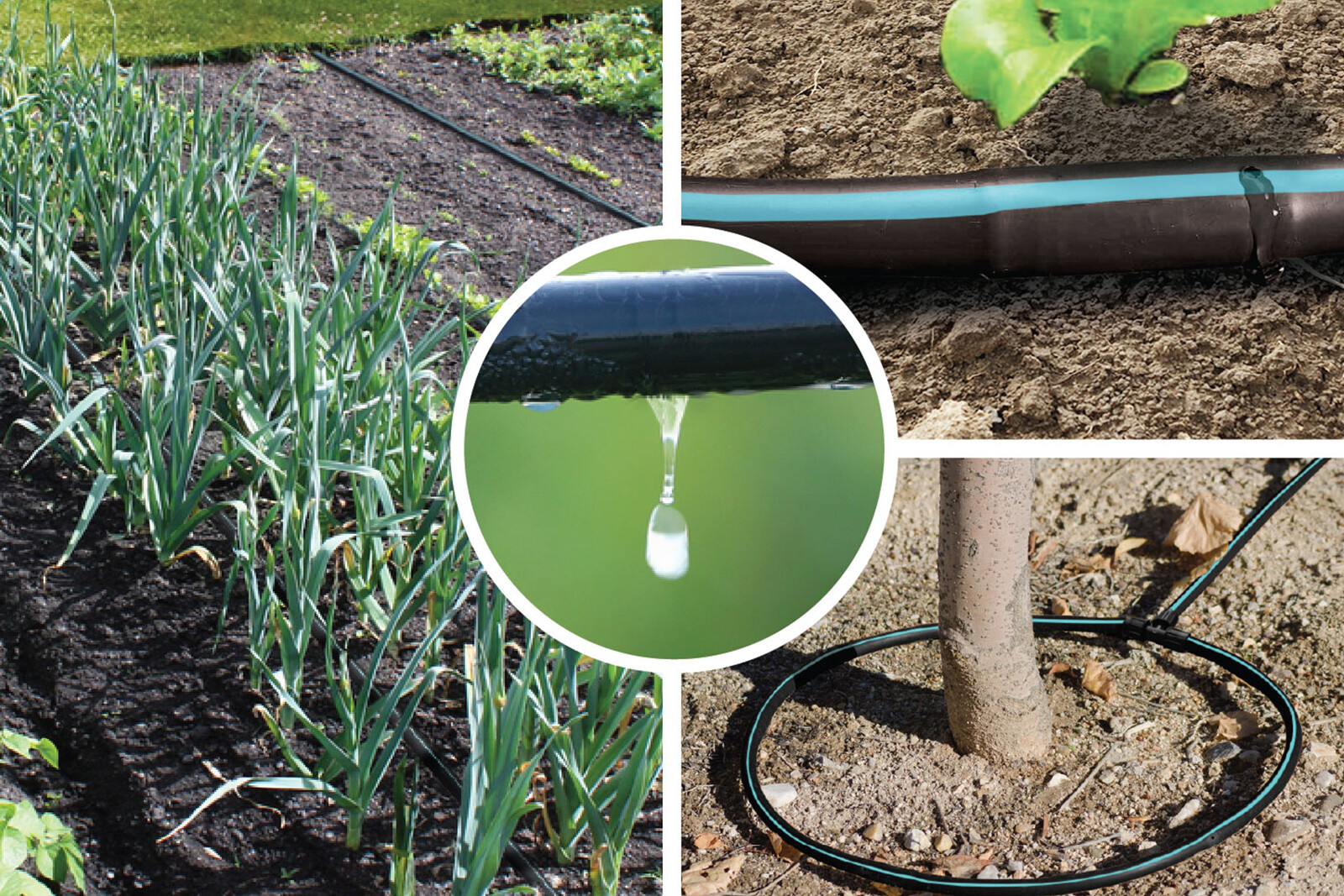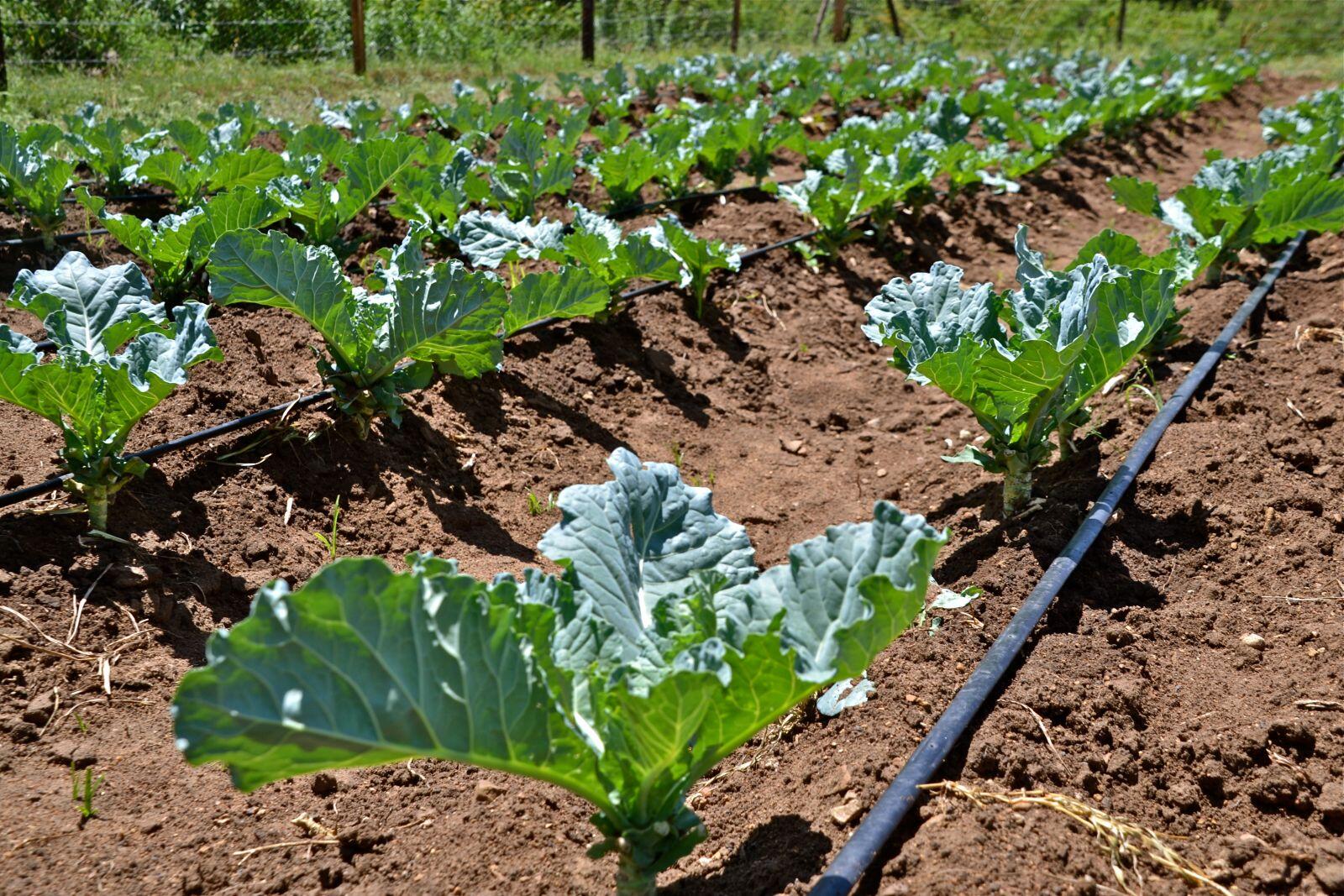Microirrigation
Microirrigation is a form of low-volume irrigation that uses 30 GPH (gallons per hour) or less versus high-volume irrigation that uses 0.5 GPM (gallons per minute) or higher. There are multiple types of microirrigation. Four of these include micro-sprayers, drip emitters, bubblers, and in-line drip tubing.
It's Easy to Set Up
Microirrigation is easy to set up. Simply connect to a hose spigot and a battery operated timer. This way you can easily irrigate to establish drought-tolerant plants and then turn on irrigation only during extreme drought conditions. Microirrigation is great for use in landscape beds, in potted containers, and for establishing young trees and shrubs. It is not currently considered to be efficient for watering turf grass. In-depth information about microirrigation systems is available in Saving Water With Microirrigation: A Homeowners Guide, from The U.S. Environmental Protection Agency.

It's Better for Plant Health
Water is delivered directly to the roots of plants where water can be taken up by the plant. Overhead irrigation can be harmful to plants by contributing to fungal and disease problems, and even in some cases spreading disease by splashing water from leaves of affected plants. Microirrigation is also more efficient because minimal water is lost to evaporation.
